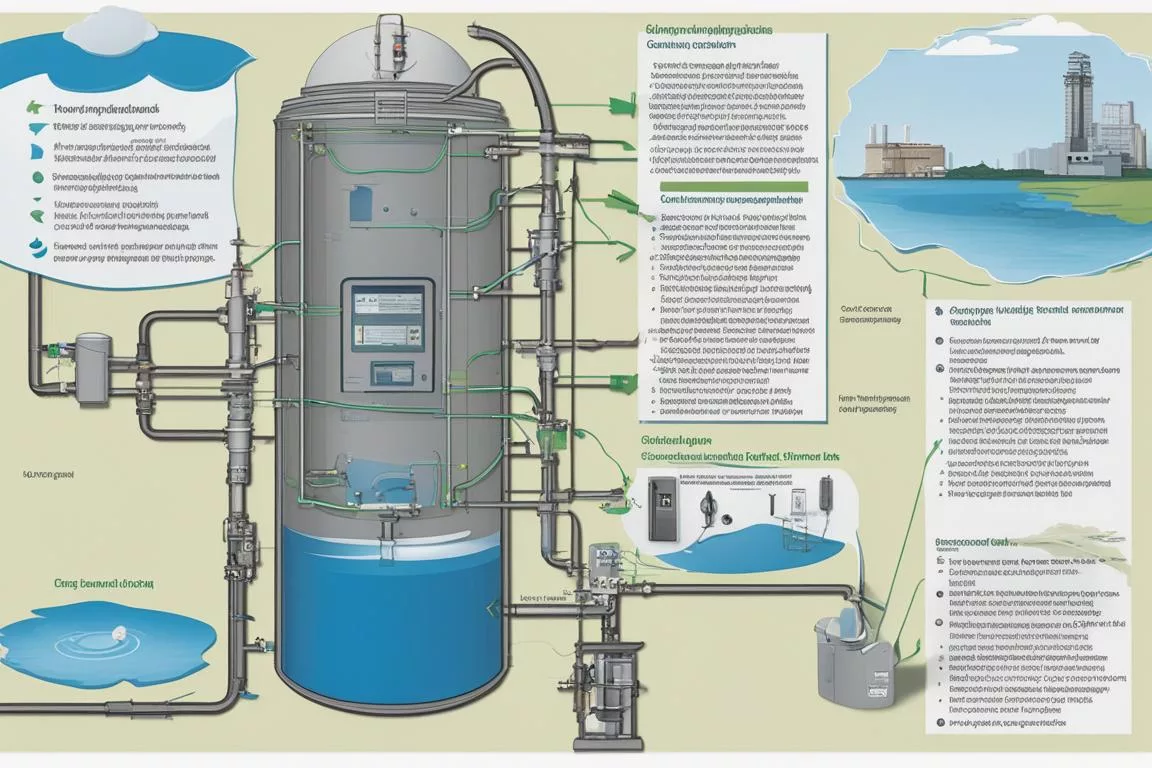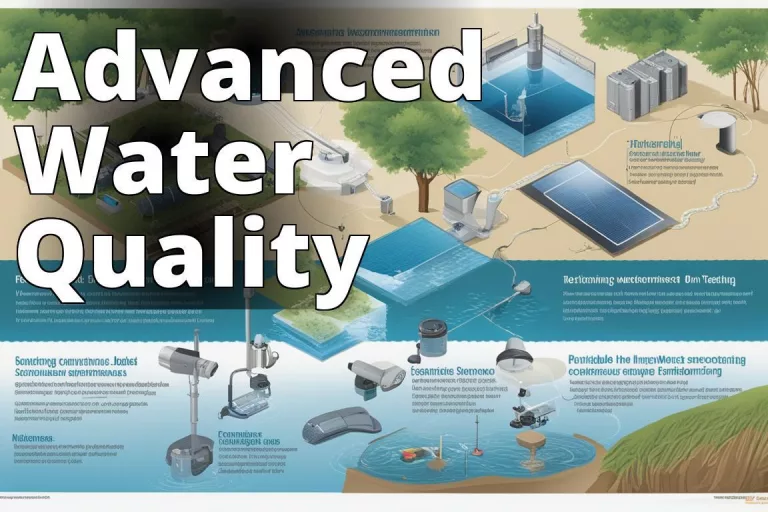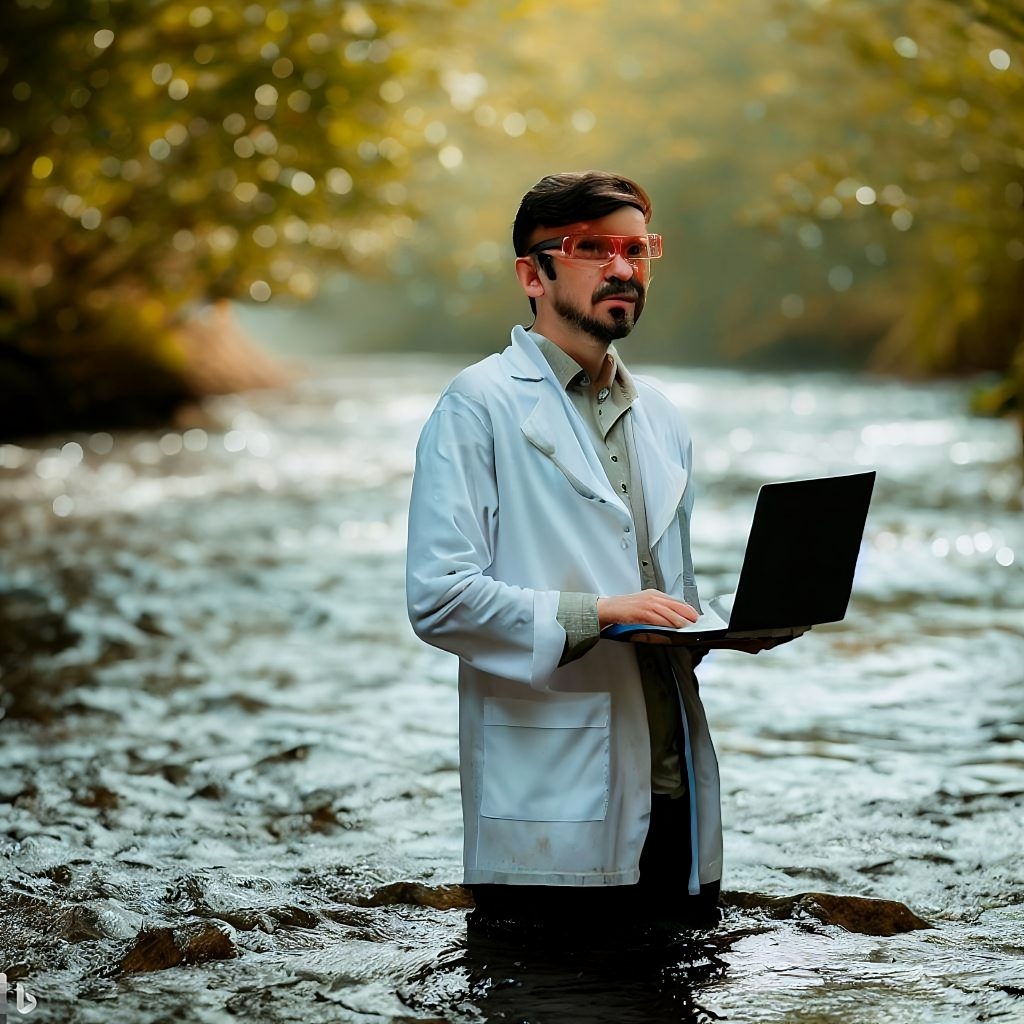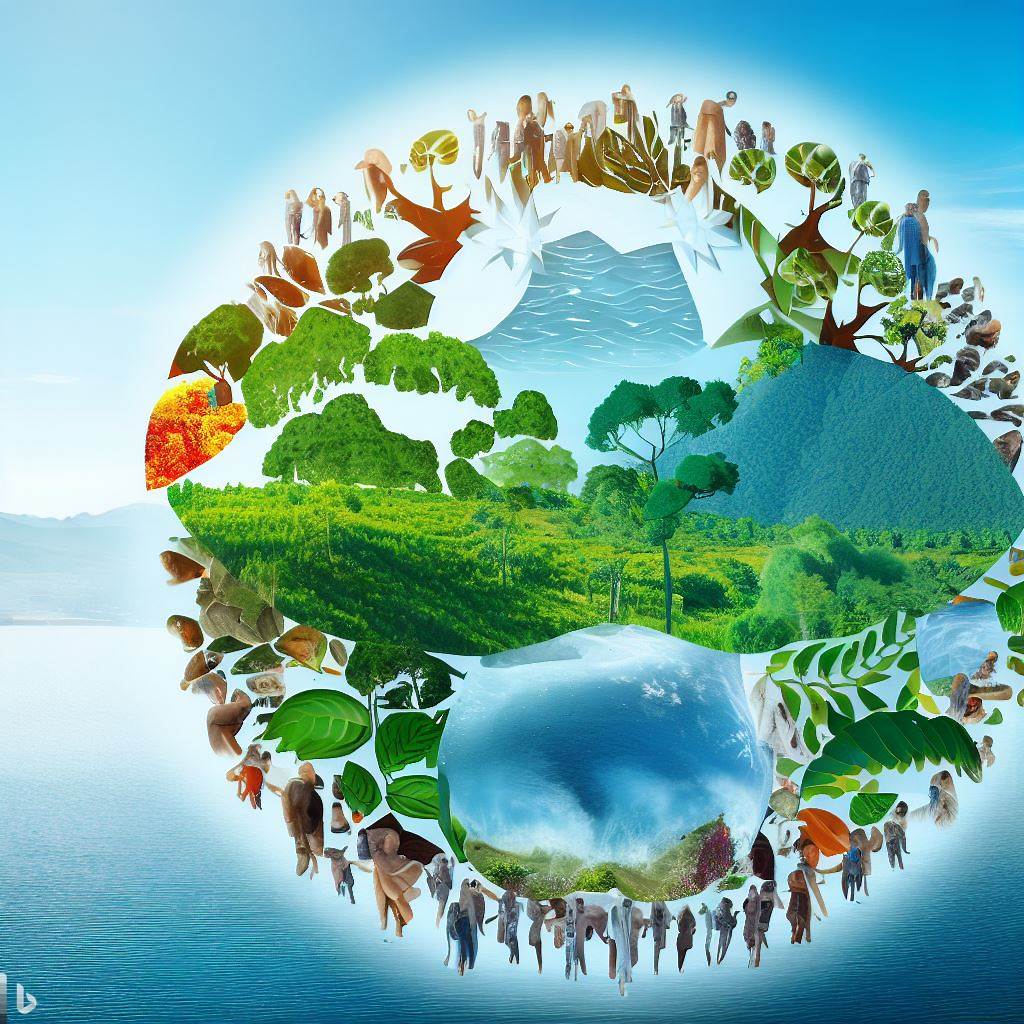In the current era, where climate change and environmental degradation loom large over humanity, the importance of water quality monitoring cannot be overstressed. Not only does it concern the health of ecosystems and biodiversity, but it’s also crucial for human health, agricultural productivity, and industrial processes. This is why water quality monitoring technologies are not just an innovation; they’re a necessity. Let’s dive deep into how these technologies are shaping up to offer real-time, remote, portable, and continuous solutions for tackling water quality issues.
What You’ll Learn About Water Quality Monitoring Technologies
- Real-time, remote, portable, and continuous water quality monitoring solutions.
- How technology is used to monitor water quality in various environments.
- The benefits of different water quality monitoring technologies for addressing climate change.
Real-time water quality monitoring
Real-time water quality monitoring technologies have transformed the way we understand and manage our water resources. Gone are the days when we had to wait for weeks to get lab results. Now, sensors submerged in water bodies can relay information about pH levels, turbidity, dissolved oxygen, and pollutants instantaneously to our devices. Imagine getting alerts on your phone about a sudden spike in industrial pollutants in your local river. That’s the power of real-time monitoring.
I remember a project I was involved in, where we deployed real-time sensors in a lake plagued by algal blooms. The data we gathered helped us predict bloom events with remarkable accuracy, allowing local authorities to take preemptive actions. This wouldn’t have been possible without the advancements in sensor technology and data analytics.
Insider Tip: When choosing real-time monitoring solutions, look for systems that offer high data accuracy and minimal lag time. The faster you get the data, the quicker you can act.
Remote water quality monitoring
Remote water quality monitoring is a game-changer for inaccessible or hazardous locations. Think about monitoring the water quality of a remote alpine lake or a containment pond at an industrial site. With remote monitoring technologies, we can now gather data without having to physically be there. These systems often use satellite communications or long-range wireless technologies to transmit data to a central system.
One of the most compelling uses of remote monitoring I’ve encountered was during a flood event. Traditional monitoring stations were underwater, but remote sensors continued to transmit vital water quality data, enabling a more effective response to potential water contamination incidents. This technology not only makes monitoring more efficient but also significantly safer in challenging environments.
Insider Tip: For remote areas, consider monitoring solutions that incorporate solar power to ensure uninterrupted operation.
Portable water quality monitoring
Portable water quality monitoring technologies bring the lab to the field. These are handheld devices or small, transportable kits that can analyze water samples on-site for various parameters. For scientists, environmentalists, and even concerned citizens, this means being able to conduct preliminary assessments without waiting for lab results.
I’ve personally used portable spectrophotometers for testing water samples during field visits. The ability to immediately assess water quality and make informed decisions on-site is incredibly empowering. It’s especially useful in emergency situations, like industrial spills, where time is of the essence.
Insider Tip: Always calibrate portable devices regularly to ensure accuracy. Regular calibration against known standards can significantly improve data reliability.
Continuous water quality monitoring
Continuous water quality monitoring systems are the vigilant guardians of our water bodies. These systems are designed to monitor water quality parameters 24/7, providing an uninterrupted stream of data. This continuous data feed is invaluable for detecting trends, understanding seasonal variations, and identifying pollution sources.
One notable application is in the management of drinking water supplies. Continuous monitoring systems can detect contaminants in real-time, allowing for immediate corrective actions. This not only ensures the safety of the water supply but also helps in maintaining public trust in water utilities.
Insider Tip: Invest in systems that offer seamless integration with data analysis tools. The real power of continuous monitoring lies in the ability to analyze and interpret the data to make informed decisions.

Water Quality Monitoring Technologies: An Indispensable Tool in the Fight Against Pollution
Water quality monitoring technologies have come a long way from the rudimentary tests of yesteryears. Today, they offer real-time, remote, portable, and continuous solutions that are pivotal in our fight against water pollution. They empower us to make data-driven decisions, respond swiftly to environmental emergencies, and manage our water resources more effectively.
As we continue to grapple with the challenges posed by climate change, these technologies will play an increasingly vital role. Its not an exaggeration to say that the future of our planets water bodiesand by extension, the health of our ecosystems and communitiesdepends on how well we can monitor and manage water quality.
To delve deeper into how technology is shaping our approach to environmental monitoring and conservation, explore our articles on air quality monitoring technologies, IoT for water quality monitoring, and water quality best practices. Together, let’s harness the power of technology to safeguard our planet for future generations.
In conclusion, the development and deployment of water quality monitoring technologies are not just a technical achievement; they are a testament to human ingenuity and our commitment to preserving the natural world. As someone deeply involved in environmental conservation and technology, I can’t help but feel optimistic about the future. With continued innovation and responsible implementation, we can ensure clean water for all, proving once again that technology, when rightly applied, can be one of our greatest allies in addressing the environmental challenges of our time.
Questions & Answers
Q.What is water quality monitoring?
A.Water quality monitoring is the process of assessing the condition of water bodies to ensure they meet environmental standards.
Q.Who uses water quality monitoring technologies?
A.Environmental agencies, research institutions, and industries use these technologies to monitor and maintain water quality.
Q.How do water quality monitoring technologies work?
A.These technologies utilize sensors and data analysis to measure parameters such as pH, turbidity, and dissolved oxygen in water.
Q.What are the benefits of water quality monitoring technologies?
A.These technologies help in early detection of pollution, ensuring safe drinking water and protecting aquatic ecosystems.
Q.How can water quality monitoring technologies address climate change?
A.By monitoring the impact of climate change on water quality, these technologies help in developing adaptive strategies and mitigating risks.
Q.What if my budget is limited for water quality monitoring technologies?
A.There are cost-effective options like portable water testing kits and open-source monitoring platforms available for smaller budgets.


